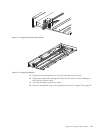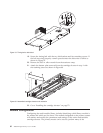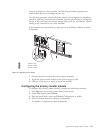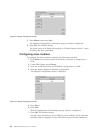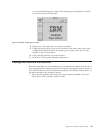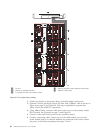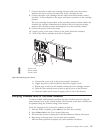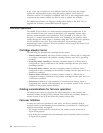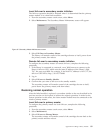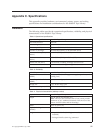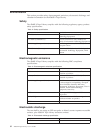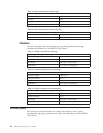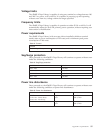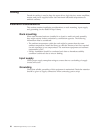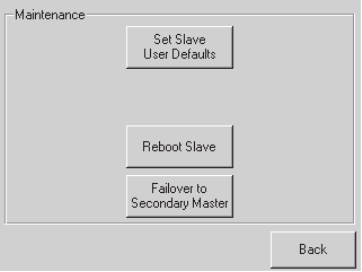
Local fail-over to secondary master initiation
The fail-over operation should be initiated when it is determined that the primary
master module is in a hard fault condition.
1. From the secondary master touch screen, select Menu.
2. Select Maintenance. The Secondary Master Maintenance screen will appear.
3. Select Fail-Over to Secondary Master.
The library will transfer control of the cartridge elevator to itself, power down
the primary master, then reboot.
Remote fail-over to secondary master initiation
To configure the secondary master for remote fail-over, complete the following
procedure:
1. If the library is connected to a network, use a Web browser to connect to the
library’s fail-over URL, which uses the same IP address of the library’s Web
TLC, but uses port 8008. For example, if the Web TLC address is 10.1.15.77, the
fail-over URL will be http://10.1.15.77:8008.
2. Log in.
3. Select Fail-over to Standby Module.
4. Confirm that you want to fail-over to the standby module.
The secondary master will transfer control of the cartridge elevator to itself,
power down the primary master, and then reboot.
Restoring normal operation
After the failed module is replaced, a procedure similar to the one described in the
previous section can be invoked to restore the original operation. In order for the
restore operation to take effect, the future master module must be connected as the
inactive primary master.
Local fail-over to primary master
To configure the primary master for local fail-over, complete the following
procedure:
1. From the secondary master touch screen, select Menu.
2. Select Maintenance.
3. Select Fail-over to Primary Master.
The secondary master will transfer control of the cartridge elevator back to the
primary master and then reboot.
Figure 87. Secondary Master Maintenance screen
Appendix B. Adding a library module 89



